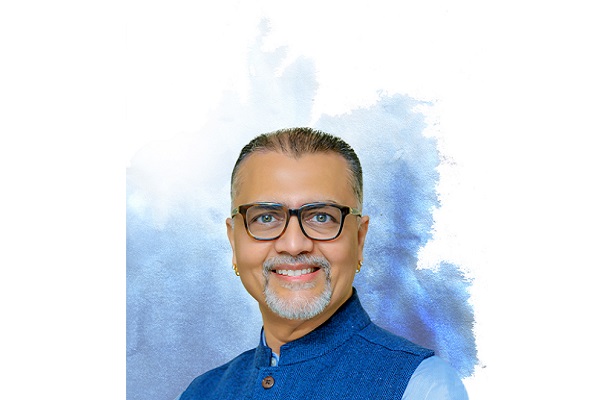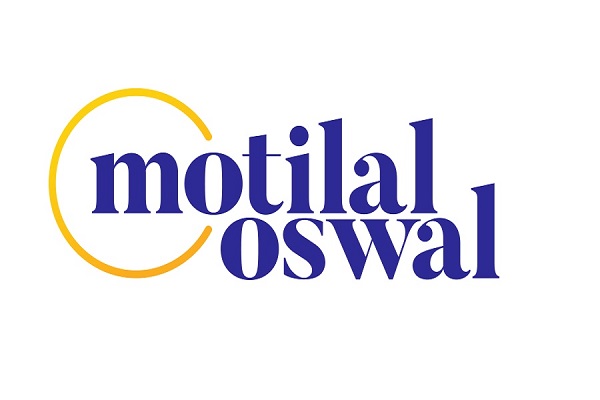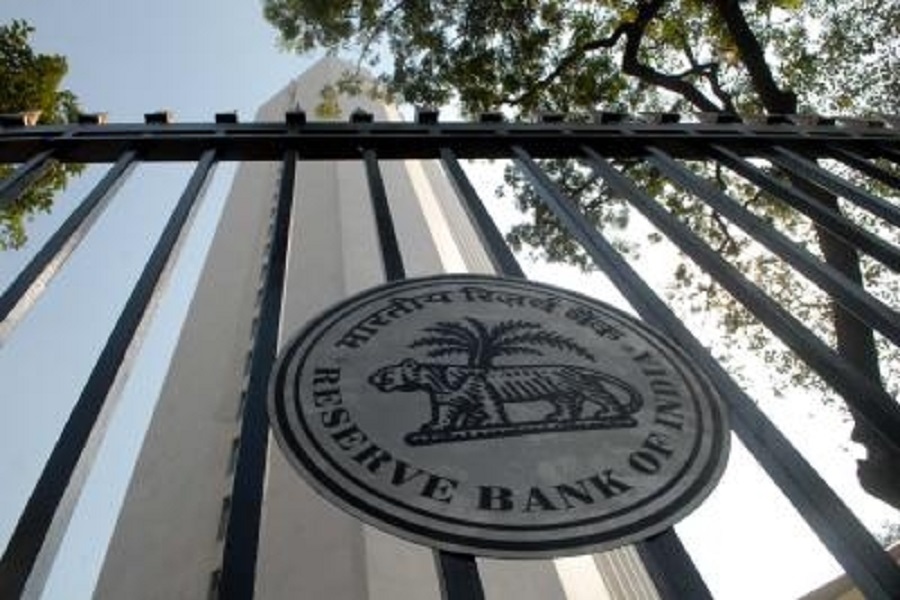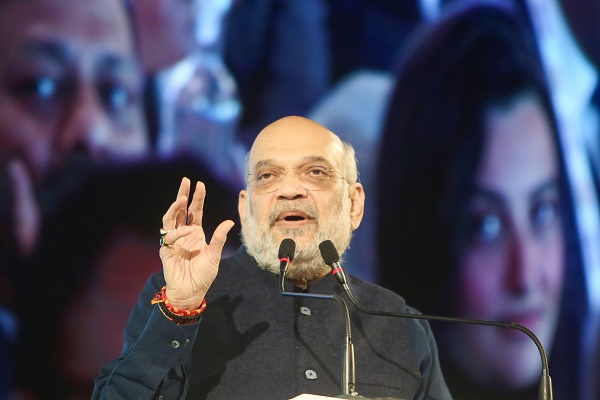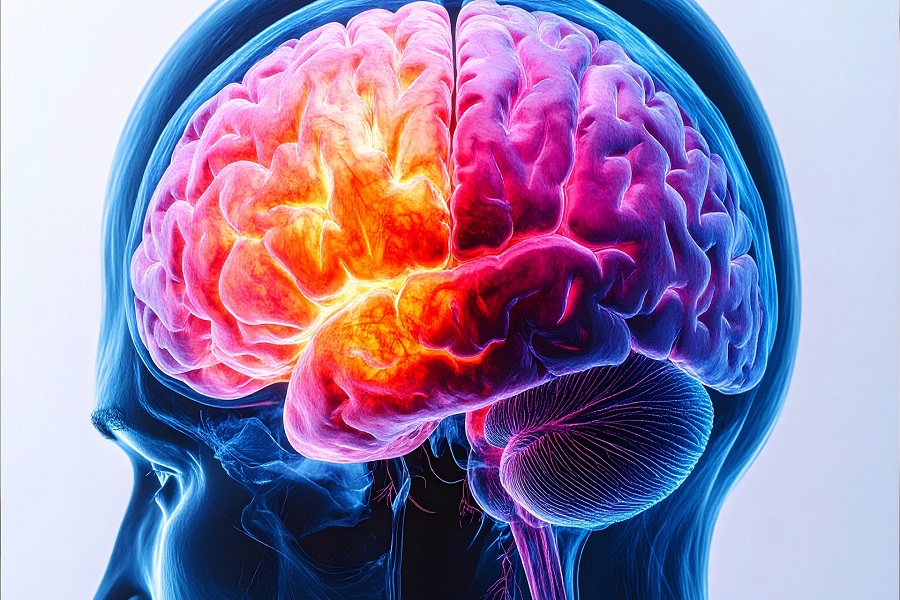Understanding Cardiovascular Diseases: The Silent Threats of Heart Attack and Stroke
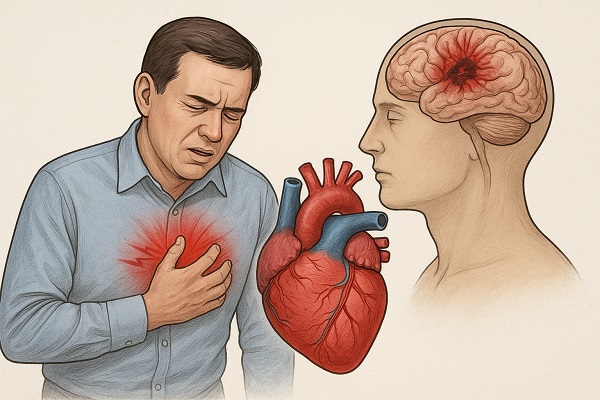
Cardiovascular diseases (CVDs) remain the leading cause of death globally, claiming millions of lives each year. Among the most common and deadly forms are heart attacks and strokes—conditions that often strike without warning but are largely preventable with awareness and lifestyle changes.
What Are Cardiovascular Diseases?
Cardiovascular diseases refer to disorders of the heart and blood vessels. These include coronary artery disease, heart failure, arrhythmias, and cerebrovascular diseases like stroke. The two most critical and life-threatening types are:
Heart Attack (Myocardial Infarction): Occurs when blood flow to the heart muscle is blocked, usually by a clot in the coronary arteries.
Stroke: Happens when blood supply to the brain is interrupted, either due to a blockage (ischemic stroke) or a burst blood vessel (hemorrhagic stroke).
Causes and Risk Factors
Several factors contribute to the development of CVDs:
High blood pressure (hypertension)
High cholesterol levels
Smoking and tobacco use
Diabetes
Obesity and physical inactivity
Unhealthy diet (high in saturated fats, salt, and sugar)
Excessive alcohol consumption
Stress and poor sleep
Genetics and age also play a role, but lifestyle factors are the most modifiable.
Symptoms to Watch For
Heart Attack:
Chest pain or discomfort
Shortness of breath
Nausea or vomiting
Cold sweat
Pain in arms, neck, jaw, or back
Stroke:
Sudden numbness or weakness (especially on one side)
Confusion or trouble speaking
Vision problems
Loss of balance or coordination
Severe headache
Immediate medical attention is crucial—every minute counts.
Prevention and Management
The good news is that most cardiovascular diseases are preventable:
Adopt a heart-healthy diet: Focus on fruits, vegetables, whole grains, lean proteins, and healthy fats.
Exercise regularly: Aim for at least 150 minutes of moderate activity per week.
Quit smoking and limit alcohol
Manage stress and sleep well
Monitor blood pressure, cholesterol, and blood sugar levels
Take prescribed medications as directed
Regular health check-ups and early detection can significantly reduce the risk of complications.
Global Impact and Indian Context
In India, cardiovascular diseases account for nearly one-third of all deaths. Urbanization, sedentary lifestyles, and dietary shifts have contributed to rising cases, even among younger populations. Public health initiatives and awareness campaigns are vital to reversing this trend.
Final Thoughts
Heart attacks and strokes are silent killers—but they don’t have to be. With informed choices and proactive care, we can protect our hearts and minds. Whether you're a young adult or a senior, it's never too early—or too late—to take charge of your cardiovascular health.
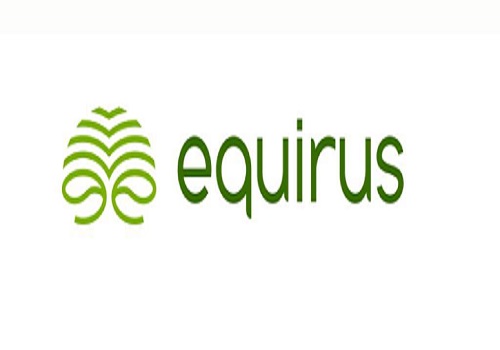



.jpg)
